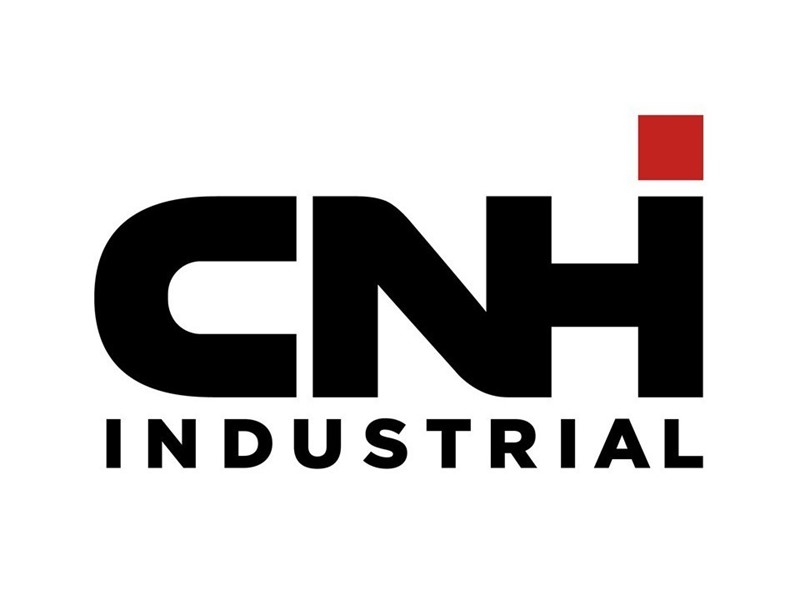Social Media’s New Rules – Pay to Play
By Chloe Banholzer
If you’ve been keeping up with your customers’ online behavior, you know that Facebook is a dominant digital force that deserves your attention. 1.4 billion people (including your current and future customers) log on every day (Statista). Facebook’s huge market share and constant presence in people’s daily lives make it a valuable tool for dealers looking to gain leads and sales.
But how do you, an outdoor power equipment dealer, make the most of your time spent on Facebook, and create content that reaches these people? To begin, get familiar with Facebook’s notorious (and frequent) algorithm changes.
An “algorithm” is computer speak for a process that solves a problem. When your customers log on to Facebook and scroll through their news feeds, those results (the pictures and updates from family and friends mixed with Sponsored Posts [ads] and other Suggested Posts) display in a certain order, determined by the algorithm. The “problem” is keeping the user engaged, and the “solution” is displaying content relevant to the user.
For example: Sue Doe loves landscaping. She often “likes” and “shares” posts relevant to do-it-yourself landscaping projects. Because of how she interacts with Facebook, its algorithm is more likely to show her ads for OPE dealers and lawn care products than ads for skin care products.
Facebook relies on these algorithms to display content that drives interest and engagement on users’ news feeds. However, these algorithms change frequently, sometimes multiple times per month (Entrepreneur). As a business owner, you want to show up on customers’ news feeds, but it can be time consuming to stay up to date on Facebook’s constantly changing algorithm requirements.
Most of these changes are small, and don’t have any immediate effect on the number of people who see your posts. However, over time these seemingly insignificant changes add up. Today, your business’s social posts reach barely 2 percent of the people who like your page, and that percentage is shrinking (HubSpot). Compared to the organic post reach percentage of the past, often clocking in in the double digits, this meager 2 percent is hardly enough to reach more than a few dozen people. Combatting this dwindling post reach requires you to open your wallet and spend some money to get that post shown to more people. In other words, social media is pay to play!
Okay, so you have to spend a few dollars here and there to “boost” a post to your entire audience – no big deal, right? Unfortunately, it’s not quite that simple anymore.
Earlier this year, Facebook announced a groundbreaking new algorithm that will roll out in the coming months, solidifying the pay to play theme (see https://www.facebook.com/zuck/posts/10104413015393571). Not only will Facebook cut down on the number of ads that show up in users’ news feeds, but also the entire algorithm solution has changed. Instead of focusing on helping users find relevant content, Facebook now claims it wants to help users have more meaningful social interactions.
In the original post by Mark Zuckerberg, Facebook’s CEO, he stated that feedback from the community has led Facebook to reduce the number of posts from businesses, brands and media that appear on users’ news feeds. While it’s nice to think the only reason for this change is because Facebook truly wants users to experience more social connections, we think there’s more to it. Here’s why: For your small business, this change will further decrease the reach of your organic (unpaid) posts, and may even reduce the reach of paid posts in the future.
By decreasing the organic reach even further, we expect more small businesses will make the transition from unpaid posts to paid (or “boosted”) posts to make their presence on social media worthwhile, and capitalize on their audiences.
However, this upswing in businesses paying for posts may actually mean that you’ll be getting less bang for your buck. Currently, just over 8 percent of businesses active on Facebook are taking advantage of the opportunity to advertise on it (Reuters). With the predicted decrease in unpaid post reach, we project that number will go up. An increase in paying advertisers may mean that the 2,000 people a $20 ad bought you in the past may now reach only 1,000 people.
Limiting business posts on the news feed equals higher premiums for showing up on it.
What’s more, as Facebook continues to decrease the organic post reach, its stock prices continue to rise. Even after the data and privacy scandals, Facebook’s profits are at an all-time high, and we don’t see that changing anytime soon.
Only time will tell whether our predictions will come to fruition. No one besides Mark Zuckerberg and his team at Facebook knows for sure when these changes will really begin to take effect, and even they can’t be sure what effect the changes will have. From what Zuckerberg described in his original post, we expect to see gradual changes during the next few months. As an active Facebook business advertiser, ARI will be keeping track of our numbers and keeping readers up to date on any changes we see that may affect your outdoor power equipment business.
 Chloe Banholzer serves as marketing coordinator at ARI Network Services. She has helped thousands of dealers throughout the country with their digital marketing through her HelpForce webinars, which cover a broad range of topics including search engine optimization (SEO), online advertising, e-mail marketing, and online presence optimization. She’s dedicated to the mission of helping dealers improve their operations through the implementation of ever-evolving best practices paired with ARI’s suite of award-winning, data-driven software tools and marketing services that help dealers “Sell More Stuff!” online and in store. ARI removes the complexity of selling and servicing new and used inventory, parts, garments and accessories for customers in the outdoor power equipment, powersports, marine, RV, automotive tire and wheel, and white goods industries. More than 23,500 equipment dealers, 195 distributors and 140 manufacturers worldwide leverage ARI’s website (www.arinet.com) and eCatalog platforms to “Sell More Stuff!”
Chloe Banholzer serves as marketing coordinator at ARI Network Services. She has helped thousands of dealers throughout the country with their digital marketing through her HelpForce webinars, which cover a broad range of topics including search engine optimization (SEO), online advertising, e-mail marketing, and online presence optimization. She’s dedicated to the mission of helping dealers improve their operations through the implementation of ever-evolving best practices paired with ARI’s suite of award-winning, data-driven software tools and marketing services that help dealers “Sell More Stuff!” online and in store. ARI removes the complexity of selling and servicing new and used inventory, parts, garments and accessories for customers in the outdoor power equipment, powersports, marine, RV, automotive tire and wheel, and white goods industries. More than 23,500 equipment dealers, 195 distributors and 140 manufacturers worldwide leverage ARI’s website (www.arinet.com) and eCatalog platforms to “Sell More Stuff!”



